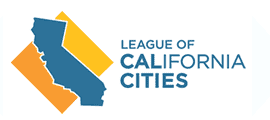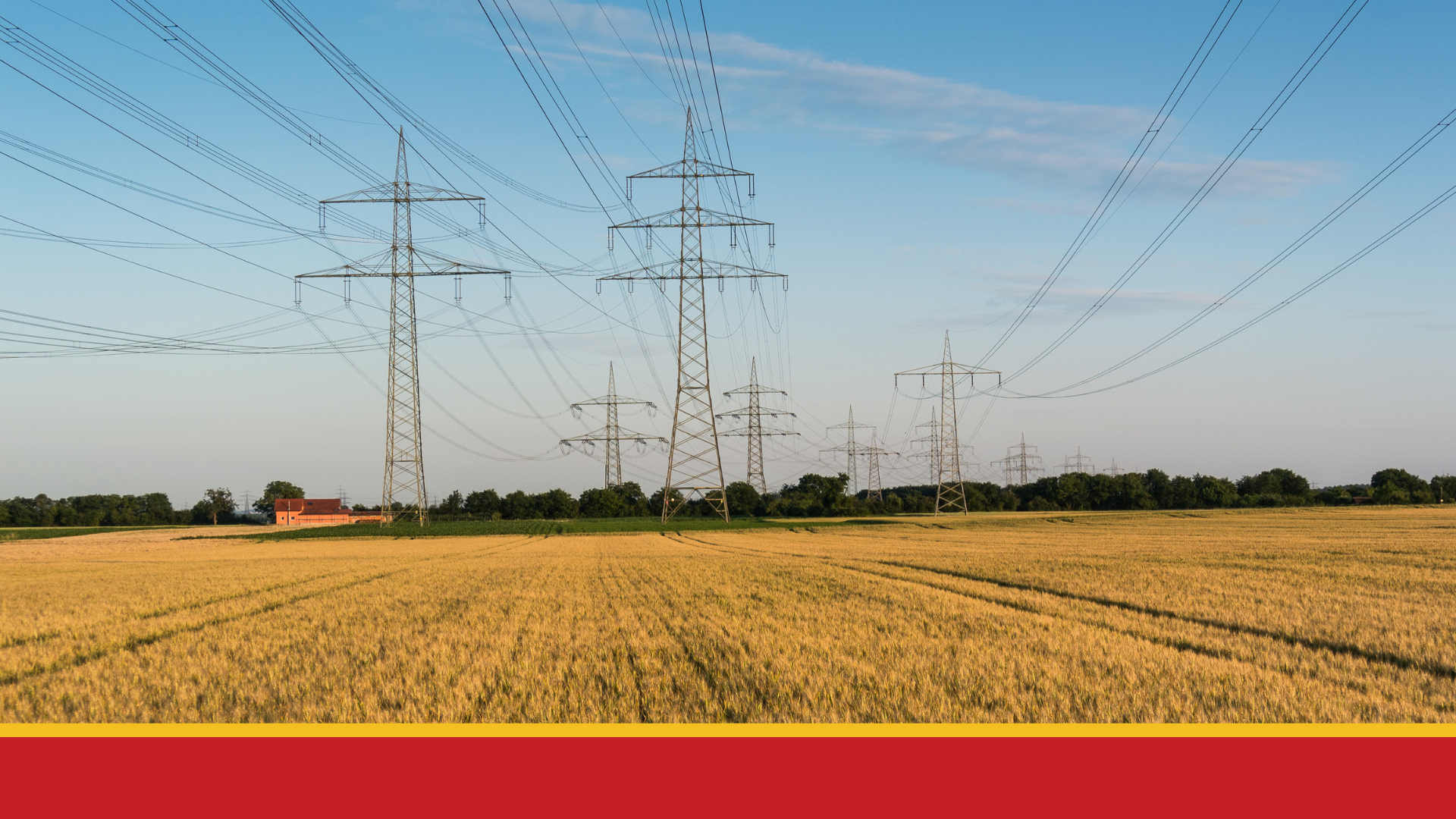 For decades, cities in California have relied on the state’s Rule 20A program to improve the safety of their communities through utility undergrounding. As California’s wildfires have intensified, the need for more undergrounding in more fire-risk areas has dominated wildfire prevention discussions.
For decades, cities in California have relied on the state’s Rule 20A program to improve the safety of their communities through utility undergrounding. As California’s wildfires have intensified, the need for more undergrounding in more fire-risk areas has dominated wildfire prevention discussions.
In response, the California Public Utilities Commission has been formally considering the conversion of Rule 20A projects in a two-part process. In recent comments to the commission, Cal Cities voiced its strong support for expanding the Rule 20A program to include wildlife safety and emergency-related undergrounding as eligible criteria for work credits.
How does the Rule 20A program work?
The Rule 20 program lays out the guidelines and procedures for converting overhead electric and telecommunication facilities to underground electric facilities. Funding and criteria are provided at four levels: A, B, C, and D. The first three categories reflect progressively diminishing ratepayer funding for undergrounding projects. (D is a relatively new program specific to San Diego Gas and Electric.)
The subprogram Rule 20A requires the largest utilities to allocate a certain amount of monetary credits for cities each year to help fund undergrounding programs. Cities can draw from their Rule 20A allocations to relocate overhead electric facilities underground. However, recent reports have criticized the Rule 20A program for benefitting larger urban areas for aesthetic purposes rather than improving safety in smaller, more rural communities.
Despite Cal Cities’ repeated calls to reform the program and enhance engagement with local governments, the commission voted in 2017 to initiate a two-phase conversion process, starting with Phase 1, which discontinued new work credit allocations for the Rule 20A program by 2023 and clarified work credit transfer rules.
During Phase 2 of the proceeding — which is ongoing — Cal Cities provided comments supporting the inclusion of wildlife safety and emergency-related undergrounding as eligible criteria for Rule 20A work credits and increased engagement with local governments.
Why does undergrounding matter?
Undergrounding improves public safety by reducing the number of fires caused by downed-wire incidents, the number of car-power pole accidents, and the potential for live-wire contact injuries. It also improves pedestrian safety, particularly for people with vision or mobility disabilities, and generally results in improved system reliability.
Undergrounding also removes unsightly poles and wires, which benefits adjacent tree canopies. These aesthetic benefits improve residential and commercial property values.
Some changes are necessary to maximize the effectiveness and efficiency of the Rule 20 program. However, abolishing the program without a viable alternative will only harm California cities and their constituents who are working to protect their communities against the threat of wildfires throughout the state.
For more information, contact Cal Cities Legislative Affairs Lobbyist Damon Conklin.





